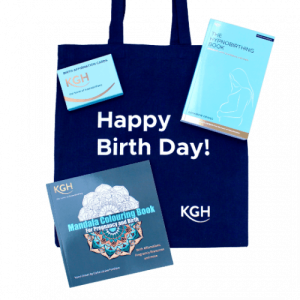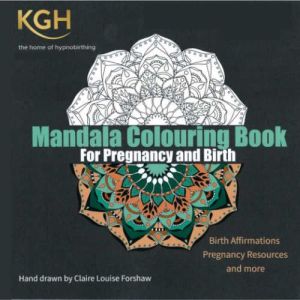
I was delighted to be invited to take part today in a discussion on Woman’s Hour about hypnobirthing. Jenni Murray was also speaking with Professor Soo Downe who is well known in the field of midwifery and birth, and Michelle who has recently given birth using hypnobirthing at Colchester Hospital.
Sometimes radio or television will allocate a couple of minutes for someone to fire questions at you about hypnobirthing. On Woman’s Hour we had 10 minutes to discuss hypnobirthing not exactly in depth, but at least with time to give a better impression of what hypnobirthing is and how much it can help women and, possibly even more importantly, their babies. You can listen to the interview again here.
One area we touched upon was a trial conducted by childbirth expert Professor Soo Downe who led the largest controlled trial on the use of hypnosis during labour in the UK.
This trial had 680 first time mums who were birthing out of 3 different NHS hospitals. The results for the women who were randomised to self-hypnosis during their pregnancy had a reduced rate of epidural (27.9% in comparison to 30.3%) and post birth had a reduced anxiety and fear about childbirth. Read the full report here.
Why did the trial statistics not demonstrate how effect hypnobirthing actually is?
As a teacher of hypnobirthing and of hypnobirthing practitioners I know how effective hypnobirthing is. I have overwhelming daily feedback from many women and teachers about the positive effect it has on their childbirth. Yet the trial statistics do not demonstrate how effective hypnobirthing actually is. Why is this?
- If you dig deeper the hypnosis that was offered to the women is one reason. A KGHypnobirthing course is a full 12 hour course, followed by practice undertaken by the parents during their pregnancy. This comprehensive training, and most importantly the practice is what really makes the difference to the outcome. You could liken it to learning a musical instrument. Would you progress as fast if you only went to the lesson and didn’t do the practice in between?
On this trial the participants undertook two 90 minute sessions as well as had a CD to listen to. I am sure that this did help the women to a degree, introducing many aspects of hypnosis. However this is a far cry from a thorough antenatal hypnobirthing course that a KGHypnobirthing trained teacher would offer.
- All participants in this trial were birthing at a hospital. On a full KGHypnobirthing course you learn how your birthing environment can affect your birth outcomes. Many people suffer from the misconception that hospital is safe and home is dangerous. In fact it has been shown that home is in general the safest place to give birth. Whilst the hospitals do a sterling job of caring for the women who need extra help, and we are fortunate indeed to live in a society where that help is available. However, in her home environment a woman is more able to control what is happening around her. It is important that she can create the right mood to focus on relaxation during her surges (contractions) using music, dim lighting and the comforts that only home can provide. After all, how many people say, ‘I sleep better in my own bed’? Women who birth at home after doing a full hypnobirthing course need to be included in this type of research.
As Professor Downe commented “The results do suggest that the therapy might reduce postnatal anxiety and fear about childbirth, which would suggest there may be benefits for their next pregnancy. All those who agreed to be interviewed found the hypnosis helpful, both in labour and in other areas of their lives. The main issue they reported was that (even though overall there was little difference in use of pain medication) some women appeared to be so relaxed that maternity care staff did not realise they were in labour, and sent them home.”
This quote demonstrates that maternity care staff were not prepared for a hypnobirthing mum, believing she was not in labour and sending her home because hypnobirthing makes such a difference even to the eye of an experienced midwife. This still sometimes occurs, but it happens much less than it did even five years ago as the word continues to spread and more and more birth care professionals have witnessed a hypnobirthing mum and know they do not always follow the ‘normal’ visible behavioural patterns of a labouring mum.
When a midwife sees her first hypnobirthing mum she usually comments, ‘I couldn’t believe how calm she was.’ A hypnobirthing mum in advanced labour can carry on a lucid conversation and is breathing normally. Very different from what has sadly become a ‘normal’ birth or what you see in a TV drama. The media have much to answer for.
Trials and statistics are a great way to demonstrate how well something works, and we badly need statistics about hypnobirthing. We would be very happy to work with an academic organisation to further this kind of research. It would be fascinating project for a PhD student.
Listen to Katharine on Womans’ Hour here:
{mp3}womanshour/BBCWomansHour-20160907-HypnobirthingExplained{/mp3}









